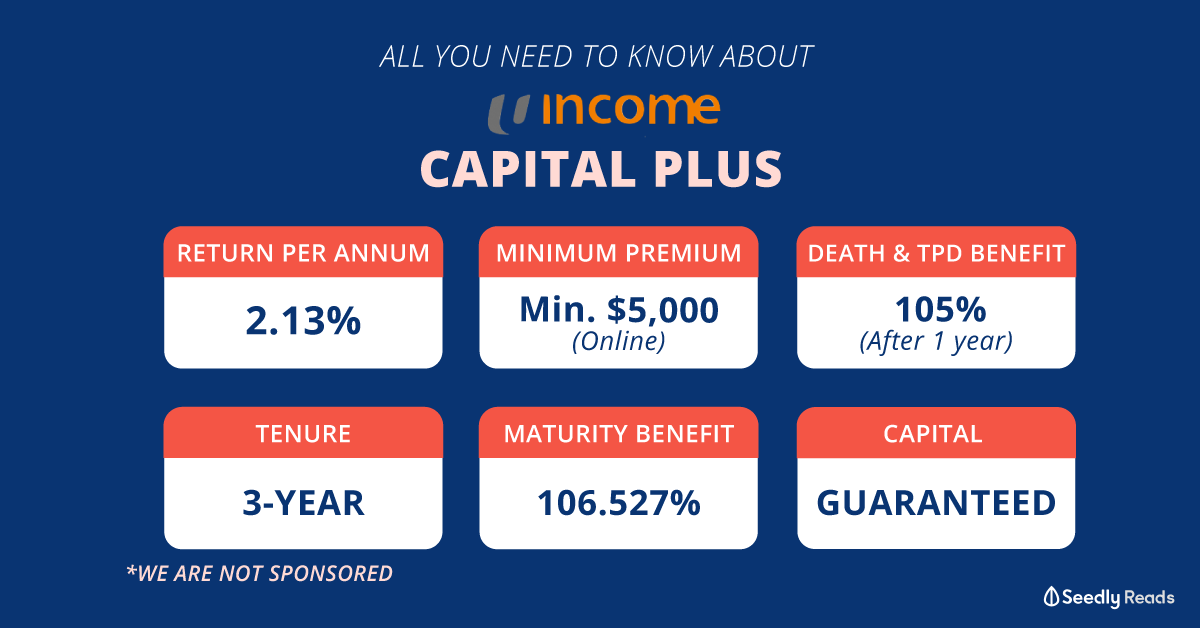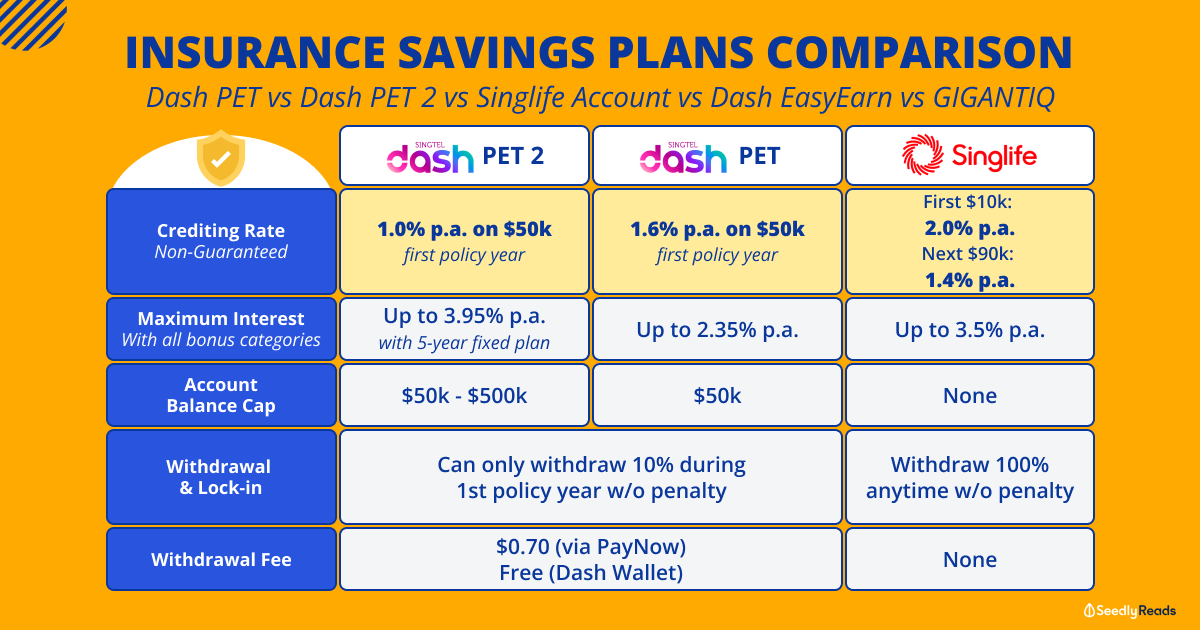Advertisement
Anonymous
Which one is better in terms of protection and coverage AIA Guaranteed Protect 12 vs PruActive Life plans?
Hi, I'm a 27yo, female, non-smoker, looking to compare between AIA Guaranteed Protect 12 vs PruActive Life plans. How do they fare? TIA! :)
3
Discussion (3)
Learn how to style your text
Elijah Lee
23 Feb 2021
Senior Financial Services Manager at Phillip Securities (Jurong East)
Reply
Save
Hi there,
Both are whole life plans and both can offer tailored coverage accordingly to your needs. There are nitty gritty details eg. When does the multiplier end, how long do you want to pay for exactly so it really depends on what your preferences are. So in terms of coverage, there really isn't much compare Since technically the benefits is a matter of preference.
The next thing to compare then will be the cost. Cheap isnt necessarily good but expensive isn't good either. What this means is that what you pay has to make sense in the long run or help you reap a particular benefit in the long term. For whole life plans, the comparison over here will be the performance of the participating fund. This is because whole life plans, unlike other typical protection-only plans, provide a cash value to it that's made up of both guaranteed and non-guaranteed benefits with it. Which will bring me to the next point:
If you're paying an amount for a plan that has a higher participating fund performance than the other, even though it may be a higher amount, but ultimately it comes back in the form of your cash value. Each insurer's participating fund performs differently and you can do a comparison across the performance and the expense ratio, which affects your returns. Some companies have notoriously high expense ratios so thats something for you to consider. A good way to compare is, if the expense ratio is lower and the performance of the participating fund is higher, then its a good gauge as to which plan to choose from.
Ultimately, do consult a licensed financial advisor to explore your options and to navigate through which whole life plan truly suit your needs.
Financial planning is an integral part of life. You can reach me here to find out more.
Reply
Save
Pang Zhe Liang
22 Feb 2021
Lead of Research & Solutions at Havend Pte Ltd
To begin with, both are participating life insurance policies. In other words, the premium that you ...
Read 1 other comments with a Seedly account
You will also enjoy exclusive benefits and get access to members only features.
Sign up or login with an email here
Write your thoughts
Related Articles
Related Posts
Related Posts
Advertisement








Hi anon,
I am going to presume that you are comparing the plans on a similar configuration, i.e. same amount of coverage and payment term, as well as same amount of payout in terms of when you are diagnosed with early CI, as well as late CI. It is also important to compare the plans with the same sum assured as well as multiplier. Only then can the comparison be fair.
Thus a AIA GPP with a 20 year payment term, $100K sum assured, x3 multiplier till age 65, late CI payout only, should not be compared against a PruActive Life 25 year payment term, $150K sum assured, x2 multiplier till 70, full early CI payout. Even though both cover $300K CI, as the parameters are different. The Pru plan will be more expensive.
If the parameters are as similar as possible, then you may compare the plans based on a number of factors such as:
Scope of coverage. This would be about how many different conditions are covered. With the standard list of Late CI being quite standard these days, attention should be given to additional conditions that are not in the 2019 LIA list of CI. This also extends to the scope of early and intermediate CI coverage. Naturally, we want to get the most coverage for our premiums, so the plan with the most covered conditions is preferred here
Additional coverage. This would be about the additional conditions that are covered (the so called 'special conditions') such as Diabetic complications, Angioplasty, etc. Naturally, the more covered conditions, the better the scope of additional coverage. Do take note that the payout criteria may be different amongst insurers, as such payouts on special conditions is usually a certain % of the sum assured, with a cap
Other fringe benefits. For example, PruActive Life has coverage in the event of admission to ICU due to illness or accidents affecting major organs.
With plans being more competitive these days, it is not always about the cheapest plan being the best plan. Rather, take time to evaluate the scope of coverage as well. Paying $5-10/mth more for a wider scope of coverage is really a small trade off.
While I'm on this topic as well, I'd like to suggest that you can also take a look at China Taiping or Aviva's plans as I have found them to be extremely competitive in terms of pricing and coverage. Do consider those insurers too.